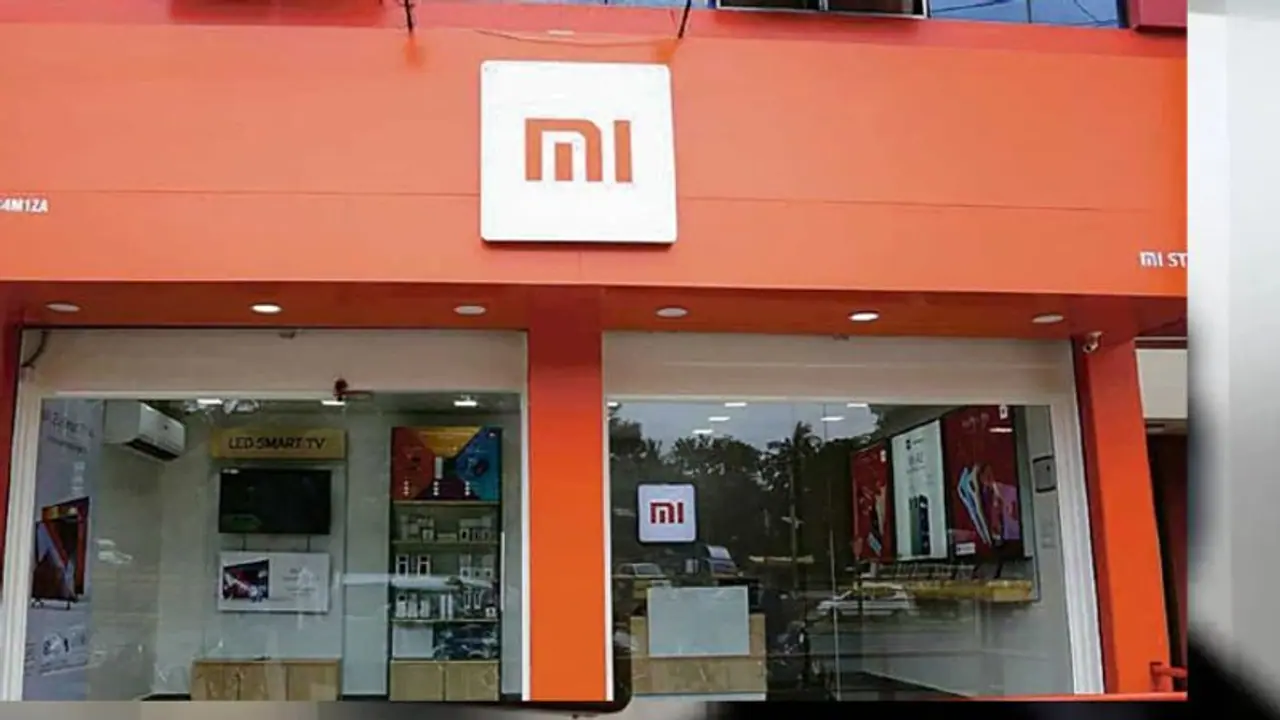For the entirety of 2022, Xiaomi continued to dominate the Indian market, but the past two quarters indicate that this may be changing. Girish Linganna explains
Following a 41 per cent drop in smartphone shipments in India last quarter, Xiaomi continues to confront challenges in what has become one of its most important markets outside of China, owing to geopolitical concerns that have resulted in increased scrutiny of Chinese technology enterprises.

According to the most recent International Data Corporation (IDC) numbers released last week, Xiaomi, which was the top smartphone brand in India for five years in a row and ranked fourth in the first quarter with shipments of 5 million phones, accounted for 16.4 per cent of the market. This is down from 8.5 million units in the same period last year when the Beijing-based smartphone behemoth was still the market leader.
IDC expert Will Wong said that the main reason Xiaomi's shipments went down was that the company was trying to get rid of its stock because local consumers were not buying as much. "However, this is a good move because this short-term, painful plan is expected to lead to a stronger structure, especially since profit and cash are so important in an uncertain world."
Xiaomi's problems are partly caused by the fact that smartphone sales are falling around the world and in India because people are keeping their phones longer. In India, the number of smartphones shipped dropped by 16 per cent in the first three months of the year, to 31 million. With 6.2 million units, Samsung had the most phones sold in the quarter, followed by Chinese brands Vivo and Oppo.
But the worsening relationship between the two countries with the most people in the world has hit Xiaomi especially hard. Last month, an Indian court denied Xiaomi's request to return more than US$676 million in funds that were seized in April 2022 after India's federal financial crimes agency said it found years of suspicious payments from Xiaomi's local branch to three foreign entities. Xiaomi has said that the claims are false.
Since a deadly border fight between Chinese and Indian forces in 2020, New Delhi has put more and more pressure on Chinese tech companies. Dozens of Chinese apps have been banned by the government, and investigations have begun into companies like Xiaomi, Vivo, and Huawei Technologies.
Ivan Lam, a senior analyst at Counterpoint Research, said, "Xiaomi has a lot on its plate in India, so it will be more careful about how it spends money on marketing and sales channels this year." "The scrutiny from the Indian government will continue to hurt Chinese businesses in general, as well as Samsung and other foreign companies."
For the entirety of 2022, Xiaomi continued to dominate the Indian market, but the past two quarters indicate that this may be changing. According to data from research companies Counterpoint and Canalys, Vivo fell to second place in the fourth quarter as Samsung Electronics climbed to the top position.
Counterpoint said in a recent study that the first quarter of this year saw less demand for Xiaomi phones in the lower-end market and through online sales. It thought the drop was even bigger than IDC did. It said that Xiaomi shipments in India fell 44% during the time, which was the biggest drop ever for the company.
As Apple grows in India, there could be more competition in the smartphone market there as well. Lam from Counterpoint said that Xiaomi doesn't directly compete with the iPhone maker because it focuses on low- and middle-tier markets. But Apple CEO Tim Cook said in a recent earnings call that he is "hopeful" that some people in India's growing middle class will buy iPhones because of Apple.
Cook went to India last month to open Apple's first two stores there. The company wants to take advantage of higher incomes and spending by consumers. This is because Apple is trying to move its supply chain away from China. Sales of iPhones made in India went up by 65% last year, which is one reason why.
